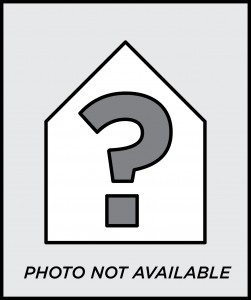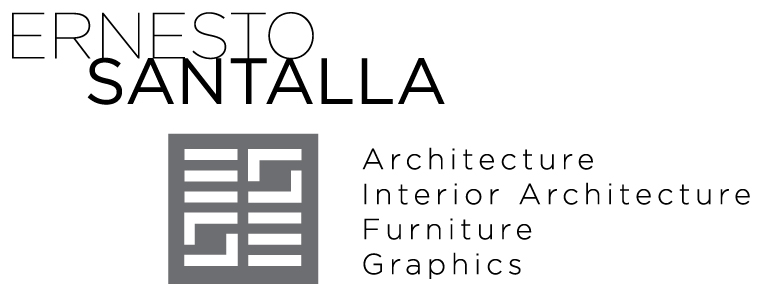Photo Not Available (It’s Designed For You)
Written by Ernesto Santalla on May 15th, 2013 // Filed under Uncategorized
My job often consists of designing or redesigning space. For that, I have to visualize what it is going to be, which is something I’ve been doing for 35 years, when I first entered Architecture school. It seems like the Dark Ages now, but the tools we used to convey our ideas were pencil, paper and and cardboard models. Fast forward to the present day and we still use pencils and paper, but a napkin sketch can be quickly put to the test with computer models, which allow us to explore options more rapidly.
When making a presentation to a client, we will typically present a combination of plans, photographs, samples and computer renderings. Despite what is often information overload, sometimes it’s not enough, especially in remodeling projects because it requires moving beyond the image of what is there to visualize what it could be. So when presenting an idea on how to transform or create a new space, we are often asked where is there something like it, or whether can I provide a photograph of it? Sometimes the answer is “no.”

This is a critical point in any project, because it is when a client must exercise what in literature is called “suspension of disbelief.” It’s the moment when the reader allows fiction to become reality and the story becomes viable. If a reader doesn’t “buy it,” the story doesn’t work and in my case it’s literal. If a client can’t visualize what I’m proposing and I can’t send them somewhere they can see it for themselves, they will either trust my judgement, think about it, or ask for other options.
There is always more than one way to design a space, so when faced with this situation, it behooves me to create more possibilities for her, him or them. It is either a way to demonstrate the strength of the original idea or even come up with a better one. These are both best-case scenarios. What happens otherwise is an idea which may be crucial to the project dies a sudden death of worse, gets watered down to the point of being unrecognizable.
I’ve always said the best projects are those where the client allows me to do my job, not the project with the highest budget. Doing my job is creating the best possible solution for the client and not doing what suits my fancy. Design is a collaborative process between the client, the design professional(s,) and ultimately the contractor, who makes it a built reality. All these relationships are built on trust, which is earned, not given.
Trust is at the crux of every successful relationship in life and in business. Without it, it’s impossible to achieve success; just bear in mind it’s a two-way street. Should a client say “I’m going to do everything you say,” it’s cause for great concern because it implies I know what the client wants or can read minds. Getting it right is part of a process that takes time, especially when ideas are proposed that require either one of us to go outside our comfort zone. The goal is that through collaboration, the project will be the best it can be regardless of the budget.
Those who cook know that it’s how all the ingredients come together and the care that is put in to crafting it that make the dish perfect. With that in mind, even the most mundane of recipes can be exquisite. Safe food choices come in a can and the safest design choices are those where nothing is left to the imagination. To that effect, the person who came up with the idea of a model home is a genius. The developer is selling mass produced homes, but to do so, they depict an idyllic lifestyle. It’s a brilliant marketing move.
Studio Santalla’s work is not mass produced and it’s quite possible I won’t be able to show you a picture of something I am proposing because my business is to create individuality and not piece things together from catalogues. Yes, there is a common thread that runs through our projects, but we eschew a “signature look,” because I believe projects belong to clients and not to their designers. It is as simple as it is complicated and it comes down to trust. I rely on my instincts, but I have to trust myself to make informed choices on behalf of my clients as much as they have to trust me to spend their hard-earned money to give them a quality product.
I’ll ask my lawyer if I can use this opening in contracts:
Dear Client,
I’m looking forward to working with you and hope my work exceeds expectations. This is a fun process and I’ll do my best to get you everything you want out of this project. For that, you have to trust me, because in the end, it’s designed for you.
